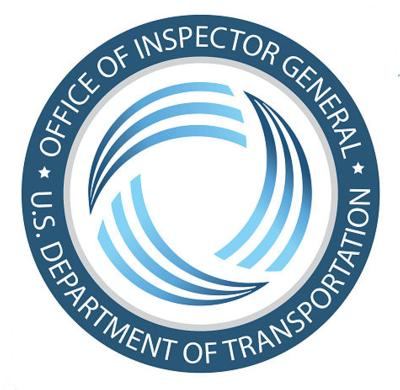Thu, May 04, 2023
Thou Shalt …
Yet again, the long shadow of its own slipshod handling of the 737 MAX's type certification has fallen across an embattled, soon-to-be leaderless Federal Aviation Administration.

In response to shortfalls in the FAA’s risk-assessment practices brought to light by the 2019 Lion Air and Ethiopian Airlines Boeing 737 MAX accidents, the U.S. Department of Transportation’s Inspector General (IG) has issued the following seven recommendations.
- Document the process by which key safety decisions, such as a potential grounding of an aircraft fleet, are made when the Agency identifies that urgent action is necessary.
- Revise the Transport Airplane Risk Assessment Methodology (TARAM) handbook to incorporate current safety data, including available international data when appropriate.
- Review the TARAM handbook’s quantitative safety guidelines to determine if they meet the Agency’s needs, and implement identified corrections as appropriate.
- Formalize training requirements for engineers responsible for completing TARAM analysis, as well as managers responsible for reviewing the analysis.
- Review the TARAM and Transport Airplane Safety Manual (TASM), address any identified key differences between the two documents, and integrate TASM into TARAM when appropriate.
- Incorporate integrated System Safety Assessments into regulations or Agency guidance for future transport category airplane certification projects.
- Identify lessons learned related to the application of the 737 MAX recertification and the Continued Operational Safety process that have not yet been addressed and include them into airplane certification and safety evaluation processes.
The antecedent recommendations were spelled out in a report—the third in a series requested by former DOT Secretary Elaine Chao—which sets forth the worrying observation that the FAA may be unable to ensure consistency in its risk assessment practices.

In response to the patently damning report, the FAA pledged, more or less, to comply with all seven of the IG’s recommendations by March 2025.
The DOT IG’s report was based, in part, on a performance audit of the FAA conducted between May 2021 and March 2023. Regarding subject audit, the report stated:
“We conducted this audit in accordance with generally accepted Government auditing standards as prescribed by the Comptroller General of the United States. Those standards require that we plan and perform the audit to obtain sufficient, appropriate evidence to provide a reasonable basis for our findings and conclusions based on our audit objectives. We believe that the evidence obtained provides a reasonable basis for our findings and conclusions based on our audit objectives.
“This report is in response to requests from Secretary Elaine L. Chao and members of Congress to determine and evaluate FAA’s process for grounding and recertifying the Boeing 737 MAX series of aircraft. This is our third report on FAA’s certification of the 737 MAX and follows our first and second reports, issued on June 29, 2020, and February 23, 2021, respectively.”
More News
Terminal Radar Service Area Airspace surrounding designated airports wherein ATC provides radar vectoring, sequencing, and separation on a full-time basis for all IFR and participa>[...]
Very High Frequency (VHF) The frequency band between 30 and 300 MHz. Portions of this band, 108 to 118 MHz, are used for certain NAVAIDs; 118 to 136 MHz are used for civil air/grou>[...]
“From approximately November 2021 through January 2022, Britton-Harr, acting on behalf of AeroVanti, entered into lease-purchase agreements for five Piaggio-manufactured airc>[...]
Also: Virtual FLRAA Prototype, IFR-Capable Autonomous A/C, NS-32 Crew, Golden Dome Missile Defense Bombardier announced that the first production Global 8000 successfully completed>[...]
Aero Linx: The 1-26 Association (Schweizer) The Association’s goal is to foster the helpfulness, the camaraderie, and the opportunity for head-to-head competition that is fou>[...]
 ANN's Daily Aero-Term (05.29.25): Terminal Radar Service Area
ANN's Daily Aero-Term (05.29.25): Terminal Radar Service Area ANN's Daily Aero-Term (05.30.25): Very High Frequency (VHF)
ANN's Daily Aero-Term (05.30.25): Very High Frequency (VHF) Aero-News: Quote of the Day (05.30.25)
Aero-News: Quote of the Day (05.30.25) Airborne 05.23.25: Global 8000, Qatar B747 Accepted, Aviation Merit Badge
Airborne 05.23.25: Global 8000, Qatar B747 Accepted, Aviation Merit Badge ANN's Daily Aero-Linx (05.30.25)
ANN's Daily Aero-Linx (05.30.25)




